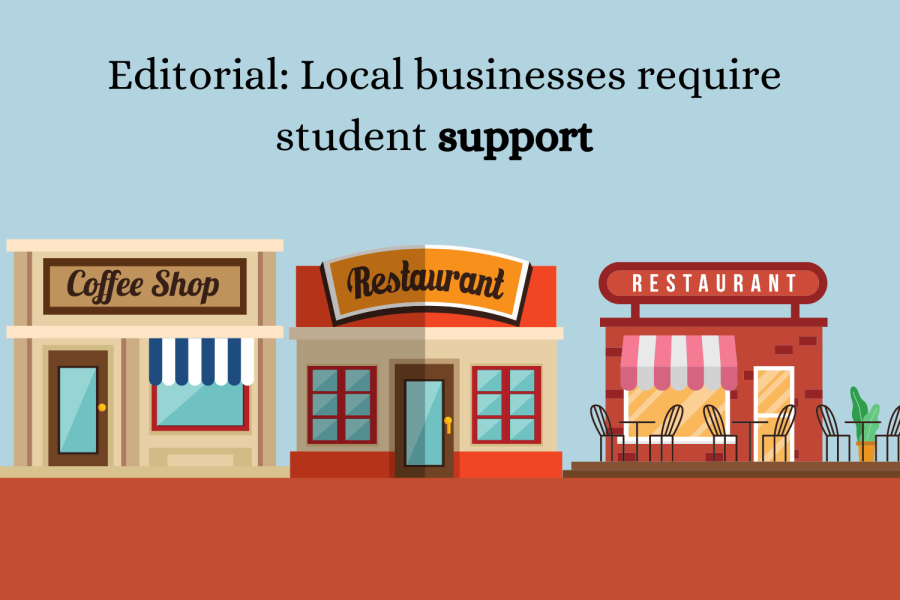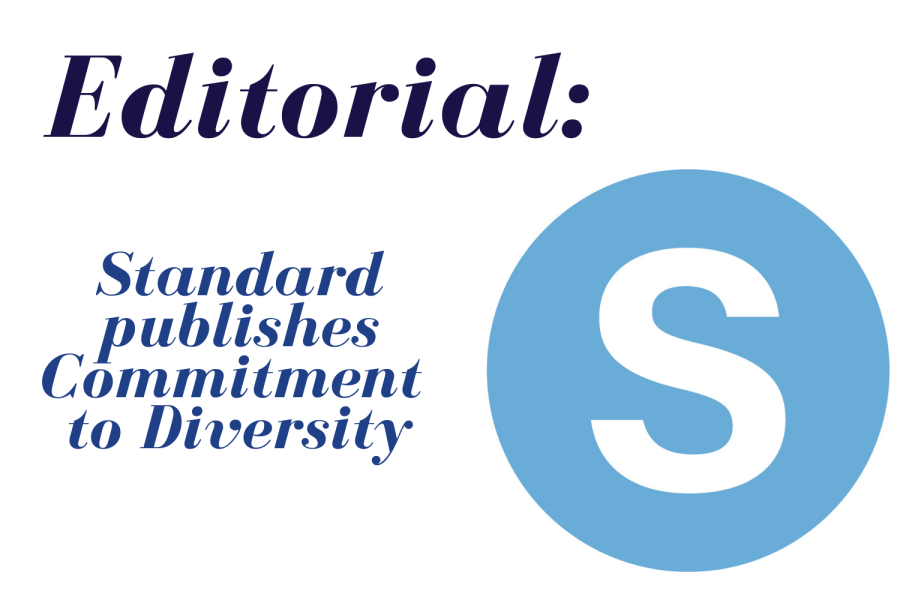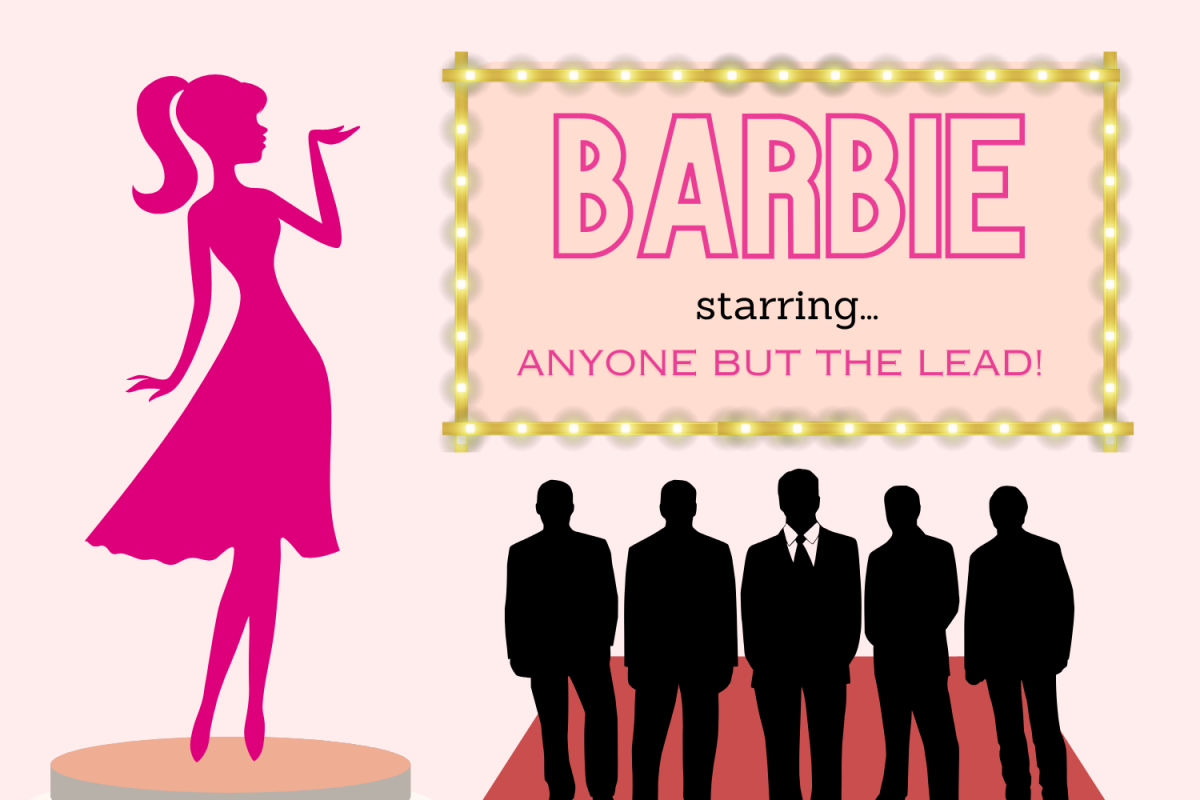The advisory system is one of the most contentious aspects of our High School right now. For some students, it offers a haven of casual conversation in the type of unstructured environment that is usually unprecedented within a classroom. Yet, for others, advisory activities feel overly forced and unproductive, merely wasting valuable conference time.
This disparity in experience exists not only across the entire student body, but also within the 13 members of The Standard’s Editorial Board. We believe that this variance is based on inconsistency in both the actions of the advisors and students: It is a two-way street.
The Editorial Board believes that the advisory program have a great potential for success. They provide an excellent forum for organic discussion and facilitate relationships across friendship groups.
However, we believe that there is a component of flexibility missing in some advisories. Firstly, the rigid curriculum that has a chokehold around many advisories is not giving students a breath from their already rigid academic lives – precisely what we warned against in the January 2015 editorial.
A prime example of this occurred in mid-November: Following the tragic Paris and Beirut attacks, rather than discussing pressing global issues, many students were forced to take part in a pre-planned timeline activity, in which they mapped out their lives. Many had the attacks on their minds that day, but were not able to express their feelings about it in advisory.
There is no need for advisories to adhere to a strict curriculum, students already experience enough of that in their classes. The advisory curriculum should be used as a rough guide for advisors, as discussion and interaction should flow freely without interruption by constant directions or lecturing.
However, we do acknowledge that not every advisor has the training or aptitude to encourage meaningful conversations.
Thus, we think the curriculum should continue to exist, but it should be optional and thought of as only a suggestion – something to fall back on when all else fails and conversation slows. For instance, this curriculum could take the form of bullet-point discussion topics, rather than mandatory activities or worksheets for the advisory to complete.
We want an opportunity to craft our own discussion, not be force-fed talking points or worksheets.
We, as students, are an integral part of shaping our advisory experience. It is not solely the role of advisors to make advisory better. For that reason, we must voice our feedback – both positive praise and constructive criticism – about our advisories, and advisors should give students the chance to do so.
To make the most of advisory, students should be active participants. If there is a consensus within an advisory that an activity feels forced or isn’t enjoyable, an alternative should be proposed to the teacher.
Another improvement – although this Editorial Board will be the first to admit it may be a logistical difficulty – involves the assigning of advisors. As advisors are meant to support students with academic and social problems, conflicts arise when an advisor is also a teacher of a particular student. Should a problem relate to the advisor as the teacher of a subject, the advisor must be able to fill both roles in the student’s life. Students should be able to voice concerns to their advisor without conflict. This advisor-teacher dynamic can discourage students from direct, or even fully truthful conversation with their advisor and teacher.
When possible, the teacher and the advisor should be two separate roles filled by two different figures.
Yet, even with all the proposed changes, this Editorial Board would like to state: We believe in the potential that the advisory program possesses. A less rigid curriculum, more flexibility for individual advisors and no teacher-advisors are the tangible changes that will improve advisories.
The bottom line is that advisory is here to stay and we as students must make a concerted effort to buy in; none of these changes will take any effect if we do not.







